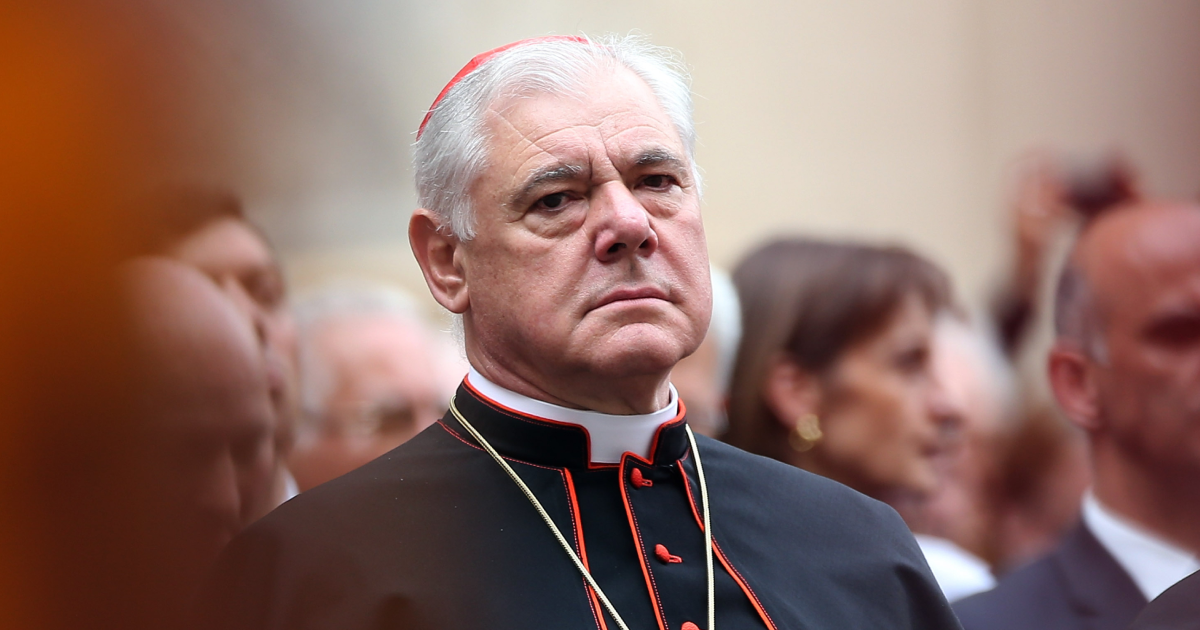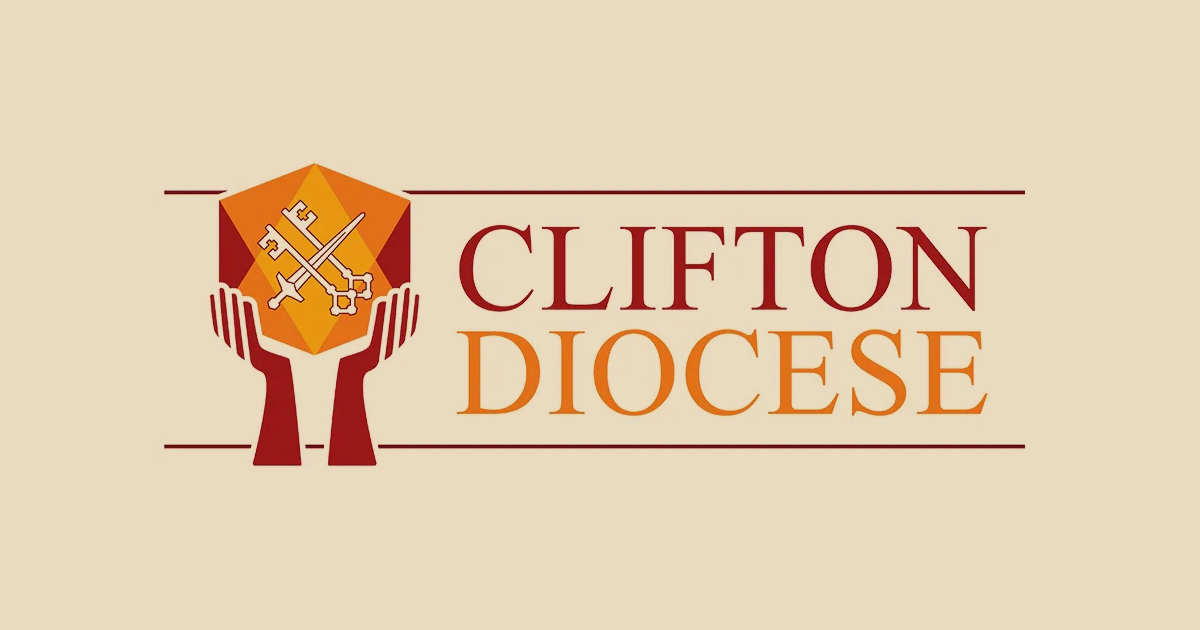From the outside, Catholic schools probably look like places where Catholic children are taught Catholicism by Catholic teachers. That assumption was never entirely accurate – and with each passing year, it becomes less so.
The reality is that many Catholic schools are now struggling to recruit practising Catholic teachers to roles where being an active member of the faith is a formal requirement. This reflects a wider trend: church attendance is down, religious affiliation is fading and the pool of eligible Catholic teachers is shrinking.
In England and Wales, Catholic education services have flagged growing difficulties in filling key roles – especially headteachers and Religious Education teachers – because those jobs are meant to be held by practising Catholics. The result? Some schools are quietly relaxing the rules and appointing non-Catholics where necessary. It’s a pragmatic response, but one that continues to stir debate within the Catholic Church and the wider Catholic school community.
The results are plain to see. Comparing the two decades from 2003 to 2023, for which figures are available, the number of Catholic teachers in primary schools has declined from 81 per cent to 48 per cent and for secondary schools from 54 per cent to 44 per cent with concomitant increases in the proportions of non-Catholic teachers in both.
The decline in the proportion of Catholic teachers is reflected, over the same period, in a decline in the proportion of Catholic students. In 2003 for both primary and secondary schools approximately 80 per cent of students were Catholic. By 2023 the percentage fell to 58 per cent in England.
Due to their presumed ethos, Catholic schools are popular with other non-Christian faiths and, currently, approximately 10 per cent of non-Catholic pupils are Muslim. In England and Wales, more than 26,000 Muslim pupils attend Catholic schools. Figures do not appear to be available for other non-Christian religions such as Hinduism and Sikhism.
Since voluntary-aided Catholic schools, which receive state funding, are not obliged to take non-Catholic students unless they are undersubscribed, the decline in the proportion of Catholic students at Catholic schools appears to be due to a decline in the number of Catholic children being sent to Catholic schools. This could be due to a combination of the decline in the number of Catholics in the UK and to Catholics having smaller families and placing less importance on Catholic education.
Catholic educational literature issued at school and diocesan levels remains optimistic about openness and inclusivity and features multi-ethnic and multi-faith groups of children. Once the places for children are full, further selection criteria cannot be applied related to faith.
The fact is that some Catholic primary schools, which are obliged to have a Catholic headteacher, only have one Catholic, in the form of the headteacher, on the staff. As Religious Education must be taught by a Catholic it is assumed that the headteacher fulfils this role.
The first question must be asked as to how far this decline in the presence of Catholics in Catholic schools can go before a crisis – if not already upon us – is reached? The second question – whether we have reached a crisis or not – is whether anything can be done about it?
There are several options: ignore the problem and allow the decline in numbers to continue; consolidate schools to achieve a critical mass of Catholic teachers and pupils; close Catholic schools and ensure that Catholic religious education is available to Catholic students in non-denominational schools. None of these is perfect but, short of a rapid and significant increase in the numbers of both Catholic teachers and Catholic students, some action is required.
Consolidating schools, maintaining existing premises but under the headship of a Catholic and sharing religious education between schools would ensure that the same level of provision existed. This option, while requiring the regular movement of teachers and possibly students between schools, would maintain the same level of provision.
Closing Catholic schools and trying to ensure Catholic religious education for Catholic students in non-denominational schools would require liaison between Catholic dioceses and non-denominational schools. The major disadvantage of this would be that Catholic students would no longer be educated in a Catholic environment with visible sacramentals and Catholic assemblies.
There is a further option which is joint Anglican-Roman Catholic schools of which there are 26, both primary and secondary, in England. These are ecumenical initiatives accountable to the English and Welsh Anglican-Roman Catholic Committee which is under the auspices of Churches Together England which also has joint schools between Anglican and other Christian denominations. This option is unlikely to appeal to parents of a traditional Catholic persuasion. Ecumenical ventures tend to emphasise what is common between faiths and not what is unique. In the process, some essential tenets of the Roman Catholic faith may become diluted.
The notion of a Catholic school as a place distinctively Catholic in ethos, staffing and curriculum is being steadily eroded. What remains may be recognisably Catholic on the outside, but increasingly indistinct within. This may be an inevitable response to demographic and cultural shifts, but it raises uncomfortable questions for the Church.
If a Catholic school cannot maintain a critical mass of Catholic staff and pupils, and if its core religious identity is reduced to window dressing, then at what point does the label become a fiction? If Catholic education is to survive in any meaningful form, the time for polite concern has passed.
Photo: A religious Sister walks in the courtyard of a private Catholic school in Valence, France, 1 September 2025 (Photo by NICOLAS GUYONNET/Hans Lucas/AFP via Getty Images)
Roger Watson is a regular writer for a range of websites, who has travelled and worked extensively in the Far East and the Middle East; he lives in Kingston upon Hull, UK. He writes a Substack column that can be found here




.jpg)











